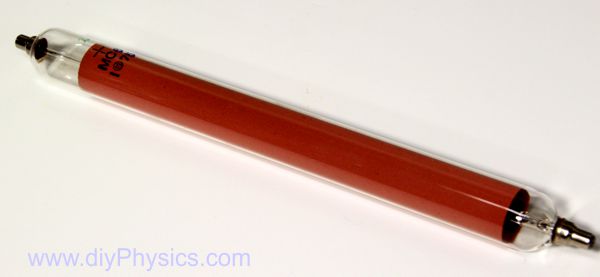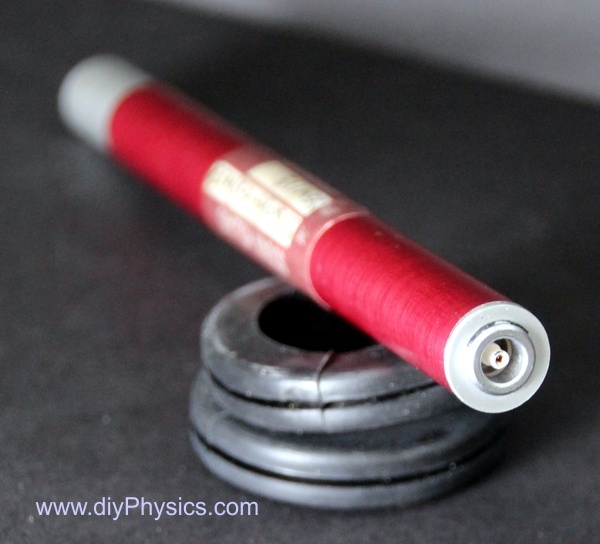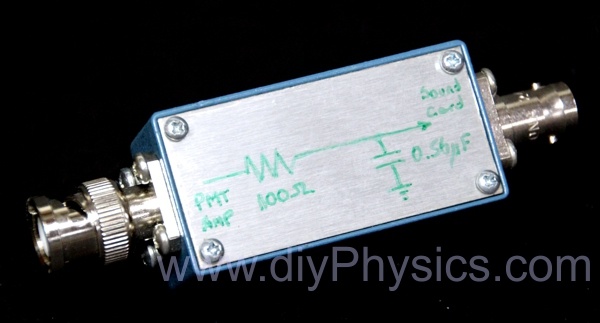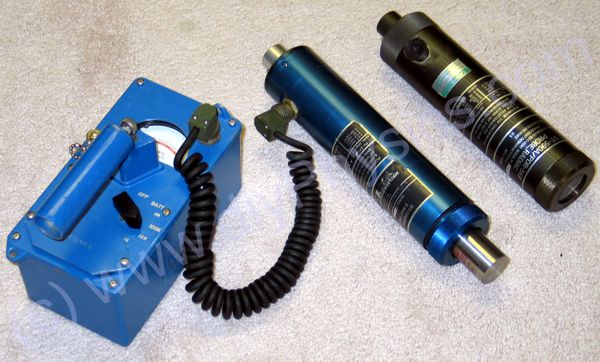
Image Credit: Images Scientific Corporation
Images Scientific Corporation just announced a new Geiger counter wand base provides a stable platform to hold the Geiger counter wand for experiments. The physical dimensions of the holder are 2″ wide by 12″ long. The length of the sled has markings in both metric and imperial.
The sled isotope holder provides a stable and moveable platform for radioactive isotopes 1″ diameter discs. The sled isotope holder is available in two sizes: One that holds 1/8″ thick discs and the other to hold 1/4″ thick discs.
When used in conjunction with the Sled isotope holder a number of nuclear experiments may be performed such as the Inverse Square Law of radiation, half life, shielding effects, etc.

 Someone (I don’t know the seller) is selling brand new Perkin Elmer C30902E Silicon Avalanche Photodiodes on eBay. Auction number:
Someone (I don’t know the seller) is selling brand new Perkin Elmer C30902E Silicon Avalanche Photodiodes on eBay. Auction number: 




 Many surplus scintillation probes have a single connector through which the PMT is fed with high voltage and the anode signal is output. However, this may require an external “Bias-T” (a high voltage / signal splitter) to connect the probe to a high-voltage power supply that is separate from the PMT amplifier/processor.
Many surplus scintillation probes have a single connector through which the PMT is fed with high voltage and the anode signal is output. However, this may require an external “Bias-T” (a high voltage / signal splitter) to connect the probe to a high-voltage power supply that is separate from the PMT amplifier/processor.  Figure 34 in the
Figure 34 in the 
 Experimental chemistry is not our forte, so we prefer to use professionally-manufactured quantum dots for the Schrödinger’s Wave Equation experiments we discuss in the
Experimental chemistry is not our forte, so we prefer to use professionally-manufactured quantum dots for the Schrödinger’s Wave Equation experiments we discuss in the 



